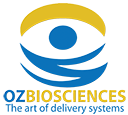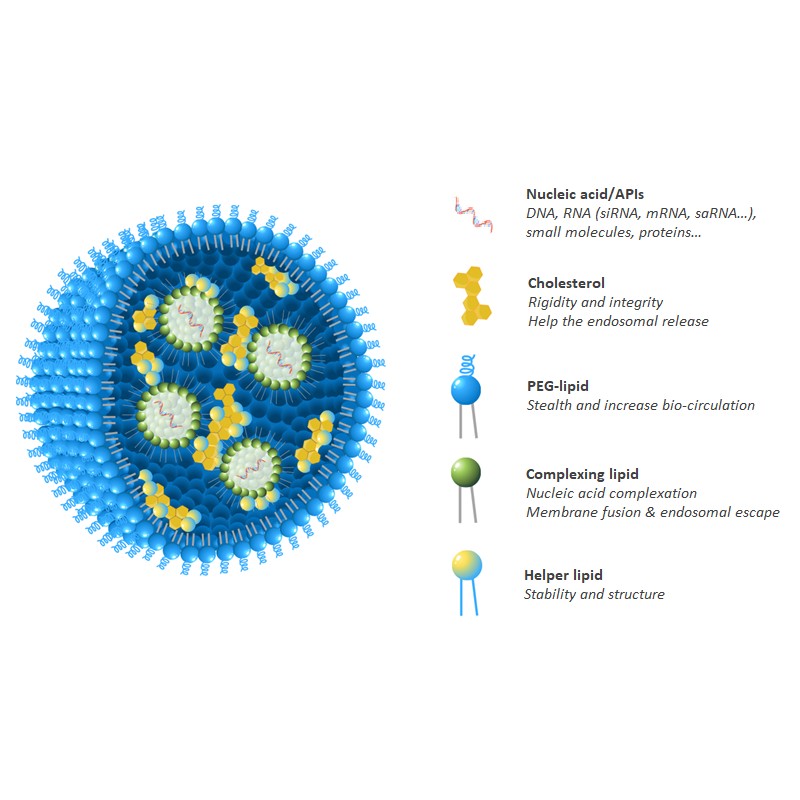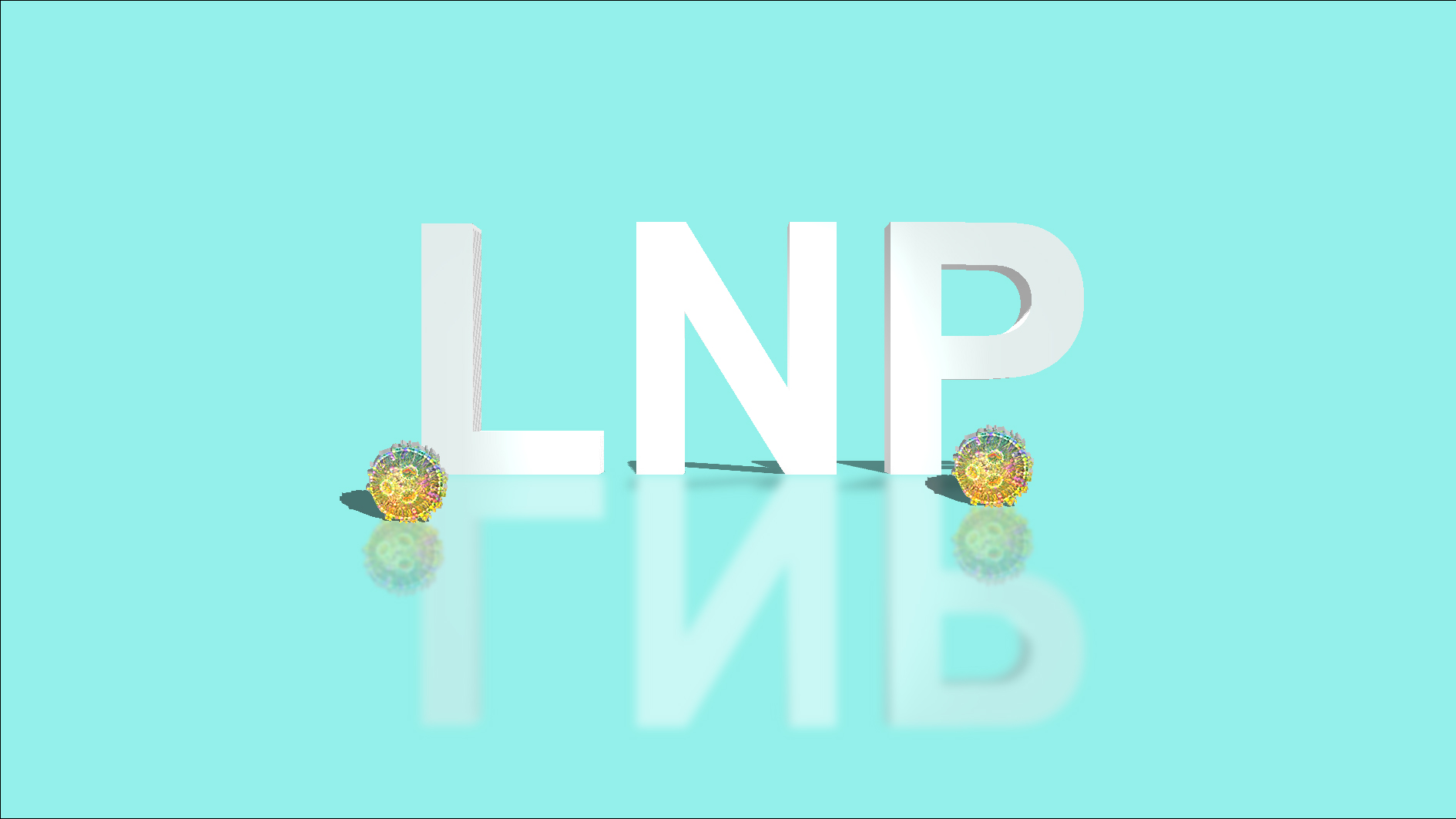Dr. Guhathakurta et al - EMBO Molecular Medicine 2020
Excerpt
"Since the entire system is bigger than the lentiviral genome, we could not use an “all-in-one” lentiviral system. Instead, we adopted an efficient transient transfection method using magnetofection. This magnet-based co-transfection ensures high transfection efficiency in primary dopaminergic neurons (Underhill et al, 2014). We also observed a good transfection rate in differentiated dopaminergic neurons derived from the PD-iPSC lines. As expected, CRISPR/dCas9 SunTag-JARID1A again significantly reduced H3K4me3 at the SNCA promoter with a concomitant decrease in a-synuclein levels of around 55–66%.
All transient transfection was carried out using Magnetofection protocol by Oz Biosciences using their NeuroMag reagent.
Briefly, differentiated iPSC cells were grown in a 12-well plate and the media was changed on the day of transfection with 1 ml of antibiotic-free media. The cells were transfected first on day 25 of differentiation. Around 3 μg of total plasmid DNA was transfected per well following equal molar mass for all three vectors (0.16 pmols each). The DNA was then diluted in 150 μl of Opti-MEM media and spun down. The diluted DNA was mixed gently with 9 μl NeuroMag reagent in a different tube and allowed to incubate for 30 min before adding to the cells. After adding the transfection mix to the cells, the plate was put on a magnetic bar overnight in the 37°C incubator, and the next day, the magnet was removed underneath the plate.
This process ensured a very high transfection rate without any visible cell mortality.
Transgene expression was visualized by expression of sfGFP associated with the SunTag system. To increase transfection efficiency, cells were transfected again the same way after 2 days of the first transfection and harvested 6 days after first transfection."



